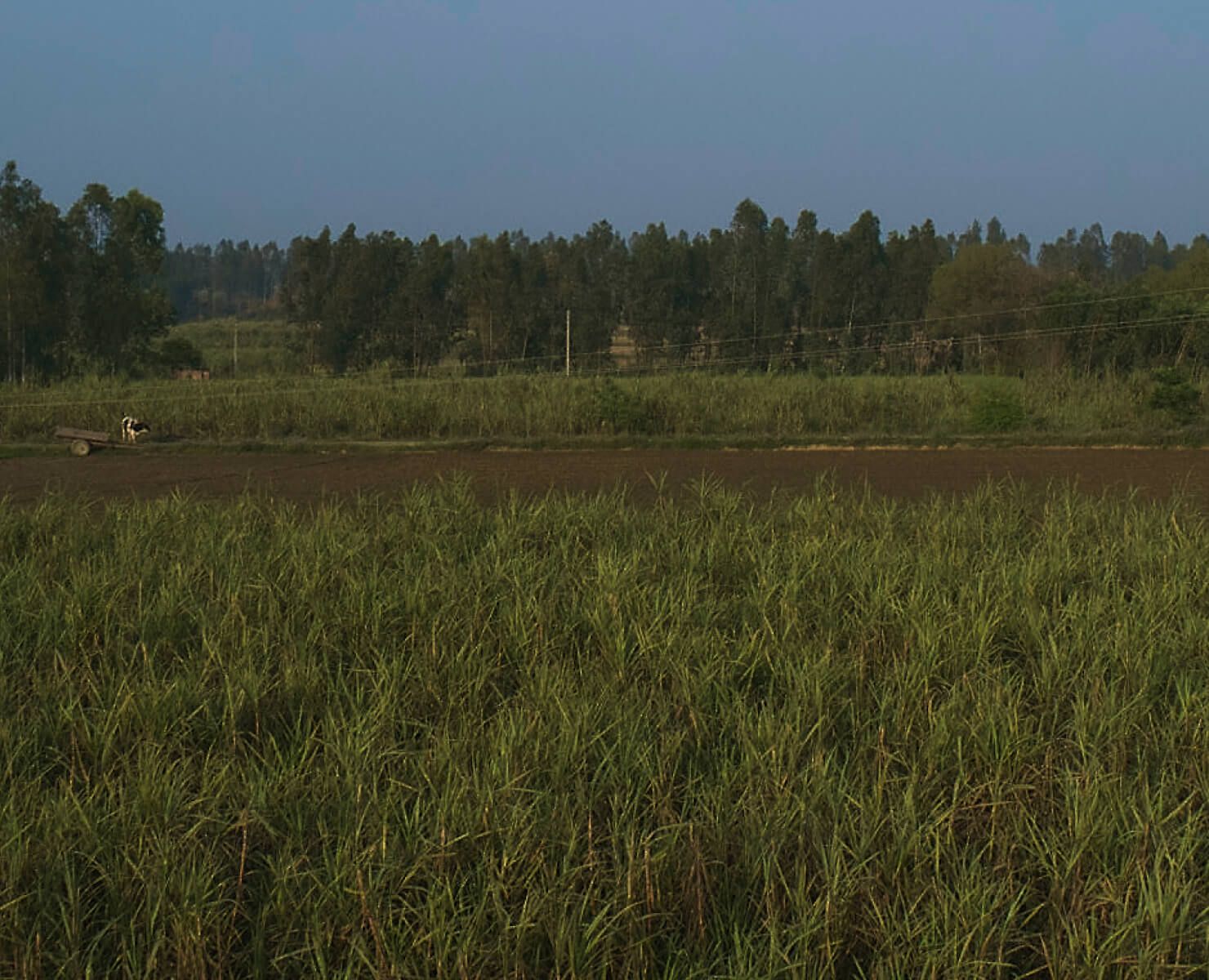
How have Government Initiatives helped farmers in the sugar industry?
Procured
500 Crore
to reduce surplus in the domestic market.
Achieved
6 Million Tonne
of a target by dues cleared by cane farmers, for sugar exports in the country.
Received
361 Crore
By the millers in FY 2020-21 as export subsidy.
Employed
5 Crore Farmers
and their dependents, and five lakh workers in the sugar sector.
Through this subsidy, the marketing costs of sugar mills, including handling, upgrading and other operational costs; international and domestic transportation costs, and freight on exports are covered. This will have a key effect in achieving the Six Million Tonnes export target. (Source: News on air)
How did the Farmers Mitigate the Risks?
Case Studies


#1 How we enhanced spacing, yields and confidence
A farmer in one of Dhampur’s command areas was disappointed with his cane yield (CO 0238 variety). Our cane development team immediately materialised on his farm to conduct an analysis. After a comprehensive study, the Dhampur team wrote out a wide-row space planting prescription. The farmer’s scepticism was replaced with guarded optimism when yields increased. His words: ‘Dhampur ne bachaa diya.’
- 600 Quintals, conventional yield per bigha
- 800 Quintals, yield per bigha following wide-row space planting
#2 How we transformed hesitation into confidence
Most farmers were sceptical about the use of fertilisers and micro-nutrients. Their general perception: ‘Is say koi faayda nahi hoga.’ Our cane development team set about correcting this perception. We invited a large number of farmers to meetings to educate them of cane characteristics, and how fertiliser use would enhance productivity significantly.

Our Sustained Cane Production Framework
Our cane development activities are carried out in a profitable cycle.
- Soil Development
- Ratoon Management
- Providing Fertilisers
- Farming Techniques
- Seed Development
- Varietal Development
Collaboration with our farmers
Cane development at Dhampur is pivotal and our initiatives towards it has proven to be effective from last many years.